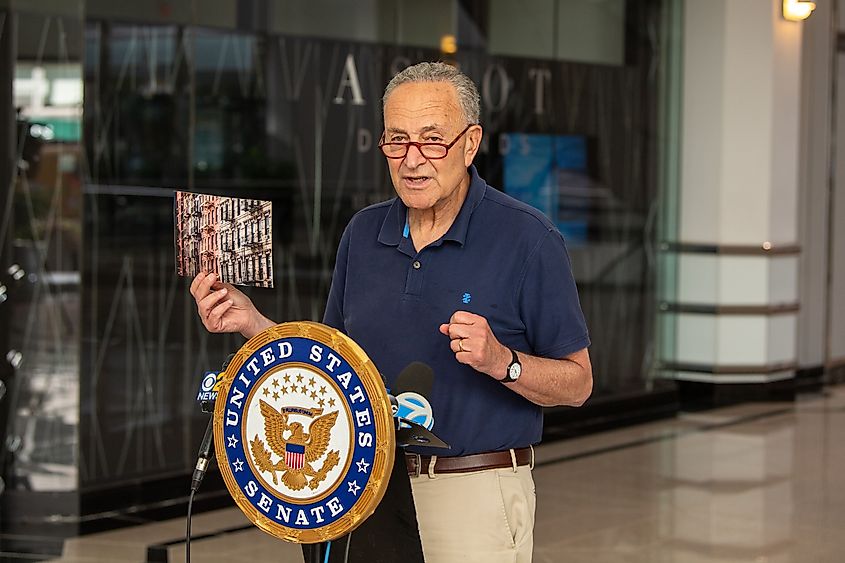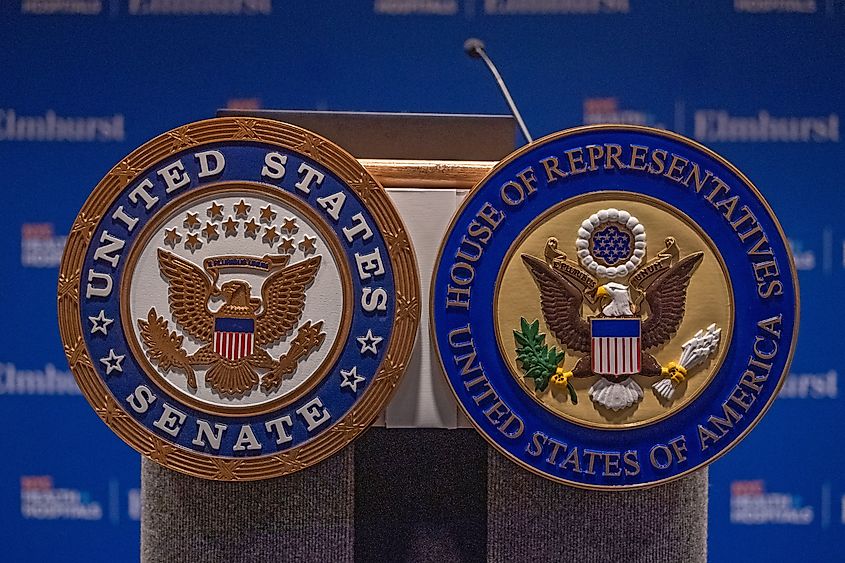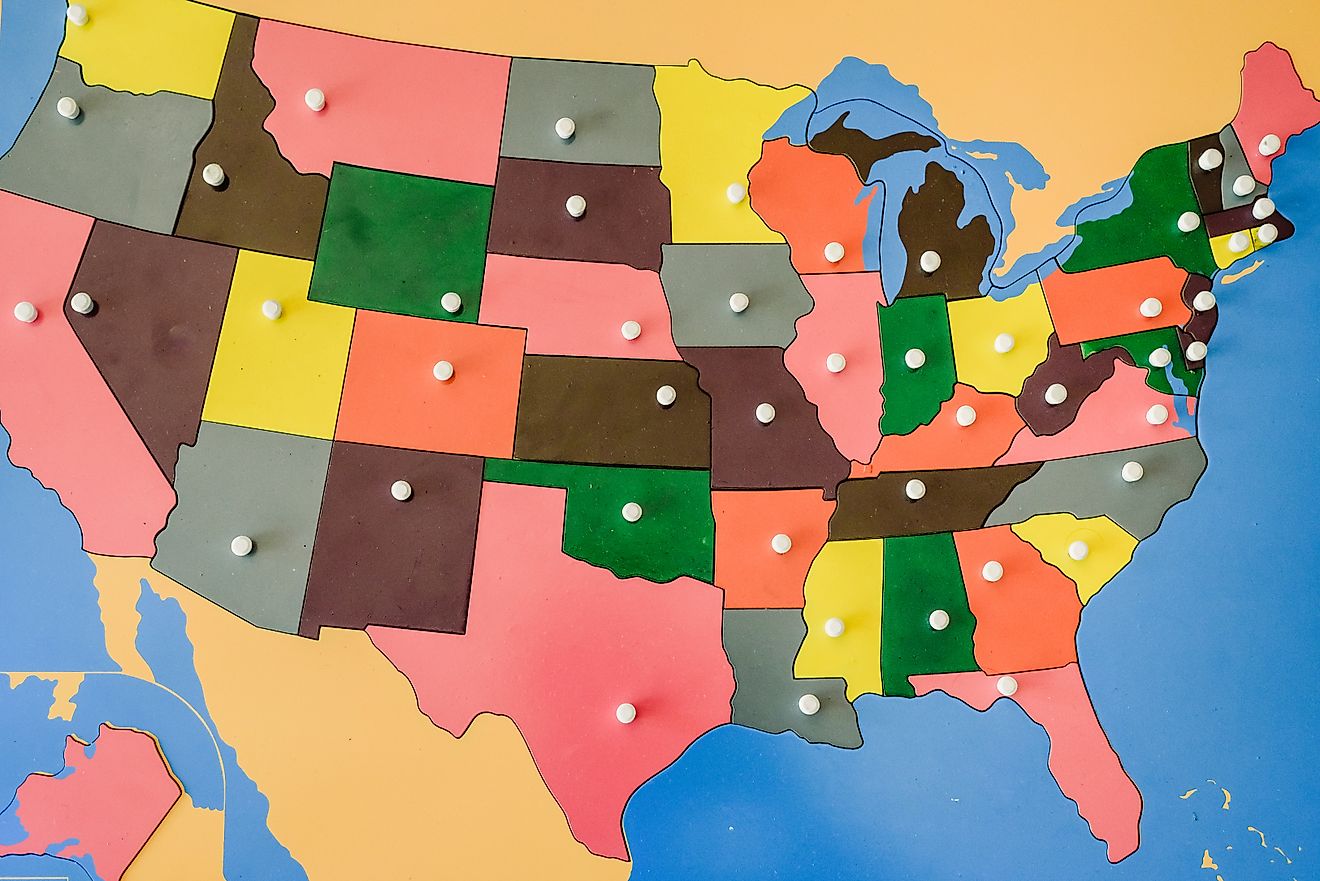
How Many US Senators Are There?
It’s a question that comes up surprisingly often—especially during election years, major legislative debates, or civics exams: How many US Senators are there? The answer is straightforward: 100. Each of the 50 US states elects two senators, regardless of its population size, totaling one hundred senators in the United States Senate.
But while the number may be simple, the structure, purpose, and power of the Senate are anything but. Understanding why there are 100 senators, what they do, and how they differ from members of the House of Representatives offers key insight into how American democracy functions at its highest legislative level.
The Basics: What Is the US Senate?

The Senate is one of two chambers in the United States Congress—the other being the House of Representatives. Together, they make up the legislative branch of the federal government, tasked with crafting, debating, and passing the laws that govern the country.
The Senate occupies one wing of the US Capitol in Washington, D.C., and is often seen as the more deliberative and stable of the two chambers, largely due to its smaller size and longer terms.
Why 100 Senators?
The number of senators—two per state—is rooted in the US Constitution. When the Constitution was drafted in 1787, delegates from both large and small states argued over how representation should work. The result was The Great Compromise, which created a bicameral legislature:
-
The House of Representatives would apportion seats based on population.
-
The Senate would offer equal representation—two senators per state, no matter how large or small.
This structure was designed to balance the power between populous and less-populous states, ensuring that every state has an equal voice in at least one chamber of Congress.
Senate Terms and Elections
Senators serve six-year terms, which are staggered so that approximately one-third of the Senate is up for election every two years. This system ensures continuity and institutional memory, preventing a total turnover of power and leadership in any single election.
Unlike members of the House, who face reelection every two years, senators have more time to develop and advocate for long-term policy initiatives, less burdened by the demands of constant campaigning.
Requirements to Become a US Senator

The US Constitution lays out three basic requirements to run for Senate:
-
Be at least 30 years old
-
Have been a US citizen for at least nine years
-
Be a resident of the state you seek to represent at the time of the election
These criteria are stricter than those for the House of Representatives, where the minimum age is 25 and the citizenship requirement is seven years.
The Powers and Responsibilities of the Senate
The Senate shares legislative responsibilities with the House. But it also holds some exclusive powers, including:
-
Approving or rejecting presidential appointments to the Cabinet, federal courts, and other key positions
-
Ratifying treaties (requires a two-thirds vote)
-
Trying impeachments initiated by the House, with the power to remove federal officials from office
This gives the Senate a unique role in providing oversight over the executive and judicial branches of government.
How the Senate Differs from the House

Though both chambers must pass a bill for it to become law, the Senate operates under different rules and dynamics than the House of Representatives. Here's how:
| Feature | Senate | House of Representatives |
|---|---|---|
| Total Members | 100 | 435 |
| Representation | 2 per state | Based on population |
| Term Length | 6 years | 2 years |
| Debate Rules | Unlimited (unless cloture invoked) | Strict time limits |
| Impeachment Role | Conducts trials | Brings charges (articles of impeachment) |
| Exclusive Powers | Confirms appointments, ratifies treaties | Originates revenue bills |
Senators often wield more individual power than House members. For example, a single senator can place a hold on a bill or nomination, and filibusters—extended debates—can delay or block legislation unless 60 senators vote for cloture, ending the debate.
Who Do Senators Represent?
Each senator represents the entire population of their state. That means their constituency ranges dramatically—from fewer than 600,000 people in Wyoming to nearly 40 million in California. This setup further illustrates the Senate’s design to ensure equal state representation, not equal voter representation.
By contrast, House members represent districts with roughly 700,000 constituents each, meaning more populous states have significantly more House representation—but still just two senators.
Current Makeup of the US Senate (2025)

As of 2025, the Senate consists of:
-
53 Republicans
-
45 Democrats
-
2 Independents who caucus with the Democrats
This distribution means Republicans currently control the Senate. In cases of a 50–50 tie, the Vice President of the United States—who also serves as the Senate's President—casts the tie-breaking vote.
It’s worth noting that while the Senate gives each state equal representation, that doesn’t mean it reflects the population proportionally. In fact, senators representing less than half the country’s population can, in theory, hold a majority of Senate seats due to the structure.
Territories and the Senate
The District of Columbia and US territories like Puerto Rico, Guam, American Samoa, the Northern Mariana Islands, and the US Virgin Islands are not represented in the Senate. These territories have non-voting delegates in the House of Representatives but no senators.
The Committee System
Much of the Senate’s work happens in committees, where senators develop expertise in specific areas such as foreign affairs, judiciary, healthcare, defense, or finance. These committees review legislation, hold hearings, and make recommendations to the full Senate.
The Senate has 20 standing committees, including high-profile ones like the Senate Judiciary Committee and Senate Foreign Relations Committee.
Stability and the 17th Amendment

Originally, US senators were not elected by the public. Until 1913, they were chosen by state legislatures. That changed with the 17th Amendment, which established the direct election of senators by the people of each state. This marked a shift toward broader democratic participation while maintaining the Senate’s role as a more stable and deliberative body compared to the House.
Why the Senate Still Matters
Though the House often dominates news cycles—especially during budget negotiations—the Senate plays an equally, if not more, consequential role in shaping national policy. Its power over judicial appointments, foreign treaties, and long-term legislation makes it a crucial check in the federal system.
The Senate is also where much of America’s gridlock happens. The need for 60 votes to break a filibuster gives the minority party substantial power, often requiring bipartisan support to move major legislation forward.
2025 List of All 100 US Senators
| State | Senator 1 | Senator 2 |
|---|---|---|
| Alabama | Katie Britt (R) | Tommy Tuberville (R) |
| Alaska | Lisa Murkowski (R) | Dan Sullivan (R) |
| Arizona | Kyrsten Sinema (I) | Mark Kelly (D) |
| Arkansas | John Boozman (R) | Tom Cotton (R) |
| California | Alex Padilla (D) | Laphonza Butler (D) |
| Colorado | Michael Bennet (D) | John Hickenlooper (D) |
| Connecticut | Richard Blumenthal (D) | Chris Murphy (D) |
| Delaware | Tom Carper (D) | Chris Coons (D) |
| Florida | Marco Rubio (R) | Rick Scott (R) |
| Georgia | Jon Ossoff (D) | Raphael Warnock (D) |
| Hawaii | Mazie Hirono (D) | Brian Schatz (D) |
| Idaho | Mike Crapo (R) | Jim Risch (R) |
| Illinois | Dick Durbin (D) | Tammy Duckworth (D) |
| Indiana | Todd Young (R) | Mike Braun (R) |
| Iowa | Chuck Grassley (R) | Joni Ernst (R) |
| Kansas | Jerry Moran (R) | Roger Marshall (R) |
| Kentucky | Mitch McConnell (R) | Rand Paul (R) |
| Louisiana | Bill Cassidy (R) | John Kennedy (R) |
| Maine | Susan Collins (R) | Angus King (I) |
| Maryland | Ben Cardin (D) | Chris Van Hollen (D) |
| Massachusetts | Elizabeth Warren (D) | Ed Markey (D) |
| Michigan | Gary Peters (D) | Debbie Stabenow (D) |
| Minnesota | Amy Klobuchar (D) | Tina Smith (D) |
| Mississippi | Roger Wicker (R) | Cindy Hyde-Smith (R) |
| Missouri | Josh Hawley (R) | Eric Schmitt (R) |
| Montana | Jon Tester (D) | Steve Daines (R) |
| Nebraska | Deb Fischer (R) | Pete Ricketts (R) |
| Nevada | Catherine Cortez Masto (D) | Jacky Rosen (D) |
| New Hampshire | Jeanne Shaheen (D) | Maggie Hassan (D) |
| New Jersey | Bob Menendez (D) | Cory Booker (D) |
| New Mexico | Martin Heinrich (D) | Ben Ray Luján (D) |
| New York | Chuck Schumer (D) | Kirsten Gillibrand (D) |
| North Carolina | Thom Tillis (R) | Ted Budd (R) |
| North Dakota | John Hoeven (R) | Kevin Cramer (R) |
| Ohio | Sherrod Brown (D) | J.D. Vance (R) |
| Oklahoma | James Lankford (R) | Markwayne Mullin (R) |
| Oregon | Ron Wyden (D) | Jeff Merkley (D) |
| Pennsylvania | Bob Casey Jr. (D) | John Fetterman (D) |
| Rhode Island | Jack Reed (D) | Sheldon Whitehouse (D) |
| South Carolina | Lindsey Graham (R) | Tim Scott (R) |
| South Dakota | John Thune (R) | Mike Rounds (R) |
| Tennessee | Marsha Blackburn (R) | Bill Hagerty (R) |
| Texas | John Cornyn (R) | Ted Cruz (R) |
| Utah | Mitt Romney (R) | Mike Lee (R) |
| Vermont | Bernie Sanders (I) | Peter Welch (D) |
| Virginia | Tim Kaine (D) | Mark Warner (D) |
| Washington | Patty Murray (D) | Maria Cantwell (D) |
| West Virginia | Joe Manchin (D) | Shelley Moore Capito (R) |
| Wisconsin | Tammy Baldwin (D) | Ron Johnson (R) |
| Wyoming | John Barrasso (R) | Cynthia Lummis (R) |







